$69.97 Original price was: $69.97.$48.98Current price is: $48.98.
SKU: D2LSC 5391963607 Categories: NATIVE PLANTS, PLANTS & TREES
- Safe Transactions, Always
- Effortless Shopping, Quality Products
- Safe Payments, the Smart Choice
- Easy, Fast Returns Guarantee

‘Color Wheel’ Stokes Aster
Stokesia laevis ‘Color Wheel’
Plant Details
USDA Plant Hardiness Zones: 5a-9b Find Your Zone
Plant Type: Perennial
Height at Maturity: 12-15″
Width at Maturity: 18″+
Spacing: 15-18″ for mass plantings
Spacing: 15-18″ for mass plantings
Growth Habit / Form: Mound
Growth Rate: Fast
Flower Color: Open White and then age to Pink and Purple Shades
Flower Size: Large! 4″ across
Flowering Period: Summer thru Fall
Flower Type: Daisy/Aster-like, semi double
Fragrant Flowers: No
Foliage Color: Dark Green
Fragrant Foliage: No
Berries: No
Berry Color: No
Sun Needs: Full to Mostly Sun or Part Shade; 6 hours of sunlight per day suggested
Water Needs: Average
Soil Type: Clay (amend heavy clay soils to improve drainage), Loam, Sand (amend quick draining soils for moisture retention), Silt
Soil Moisture / Drainage: Moist But Well Drained; moderately drought tolerant when established
Soil pH: 6.0 – 7.5 (Moderately Acid to Slightly Alkaline)
Maintenance / Care: Low
Attracts: Butterflies, Visual Attention
Resistances: Deer, Disease, Heat, Humidity, Insect, Rabbit
Description
A super easy to grow and long lived North American native perennial, Color Wheel Stokes Aster aims to please both you and the butterflies and beneficial pollinators all summer long and into fall with large, shaggy, aster-like flowers that open white and age to shades of pink and purple with various colors showing on the plant at the same time, hence the name ‘Color Wheel’. The flowers are also excellent for cutting and use in floral arrangements. A vigorous grower forming a dense mound in full to mostly sunny sites, Color Wheel is a great garden performer that will bring you many years of enjoyment with almost no maintenance required.
Landscape & Garden Uses
Growing in a mound 12 to 15 inches tall and 15 to 18 inches wide, Color Wheel Stokes Aster is ideal for use as an accent in smaller garden spaces and large mixed container gardens and is truly breathtaking in groupings, mass plantings or as a low border in perennial gardens or along paths and walkways. A fine addition to butterfly gardens, beneficial pollinator gardens, native plant gardens, cut flower gardens, cottage gardens and purple theme gardens.
Suggested Spacing: 15 to 18 inches apart for mass plantings; 36 inches apart for space between plants
How To Measure Total Square Feet Of A Planting Area
How Many Plants Needed To Cover A Planting Area?
Growing Preferences
Color Wheel Stokes Aster is exceptionally easy to grow in most any moist but well-drained soil of average to even low fertility in full to mostly sun. We suggest at least 5 hours of direct sun for best flowering. As with many other perennial plants, constantly soggy or wet soils can be problematic. Heavy, dense clay soils should be amended with organic matter to improve drainage. Plant with the top of the root ball even with ground level. Care and maintenance are minimal. Deadheading spent flowers isn’t necessary however will encourage reblooming into fall. Feed in spring with an organic plant food. In USDA Zones 5 and 6 we suggest a layer of mulch for insulation during winter.
Plant Long & Prosper!
Meet The Wilson Brothers & Staff
Questions? Contact Us!
Be the first to review “Color Wheel Stokesia (Stokes Aster) – 5 Pack Of Quart Pots” Cancel reply
Related products
Sale!
PLANTS & TREES
Sale!
CRAPE MYRTLES
Sale!
Sale!
PLANTS & TREES
Winecraft Black Smokebush – Cotinus Coggygria – 5 Gallon Pot
Sale!
Sale!
PLANTS & TREES
Variegated Pittosporum (Japanese Mock Orange) – 3 Gallon Pot
Sale!
PLANTS & TREES
Sale!
PLANTS & TREES

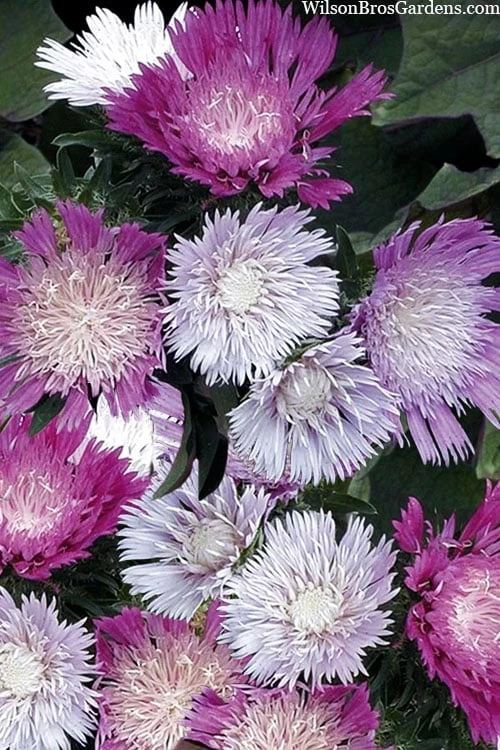
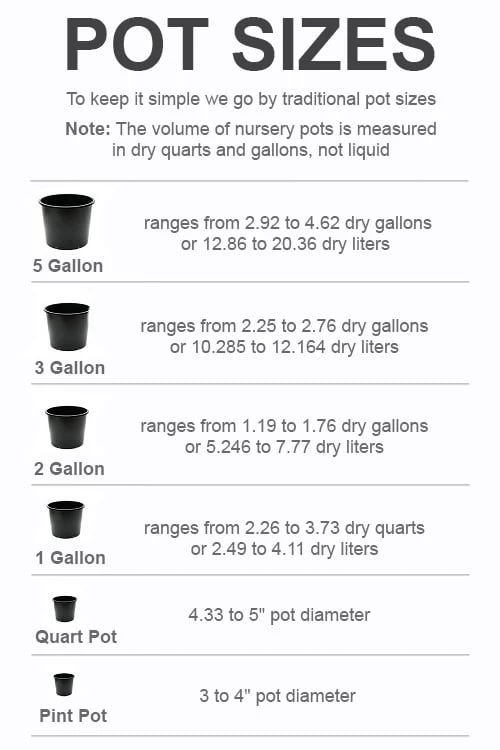
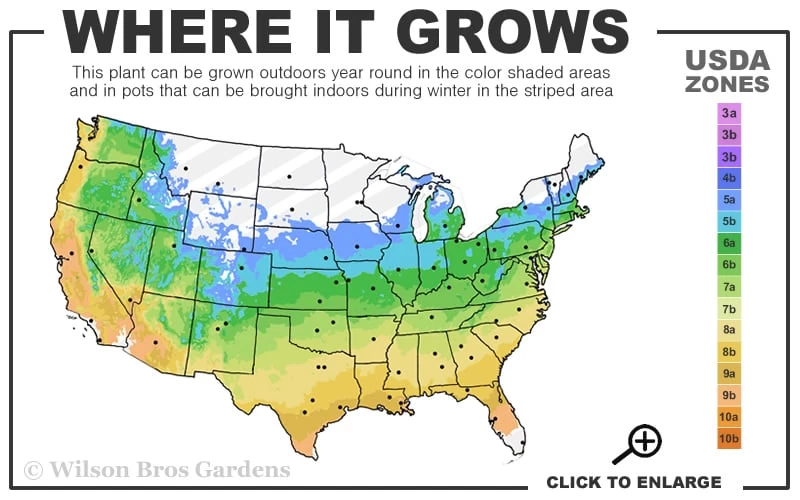


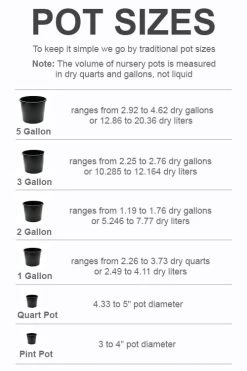


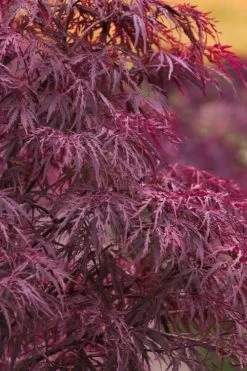
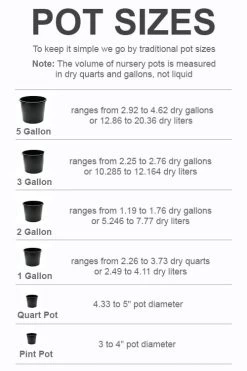
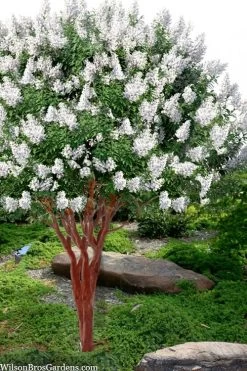
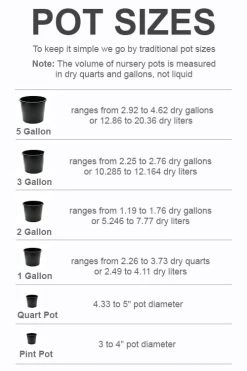
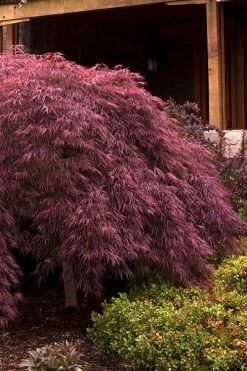

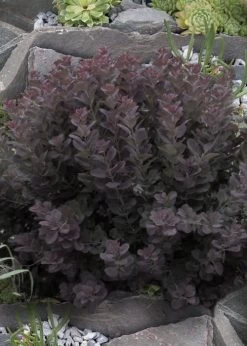
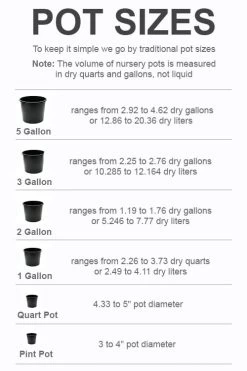
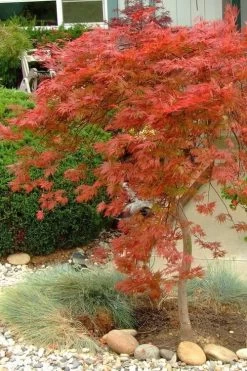

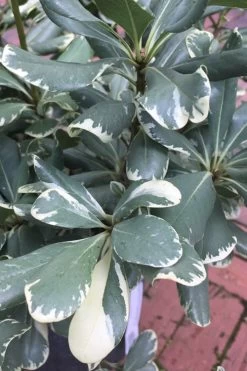
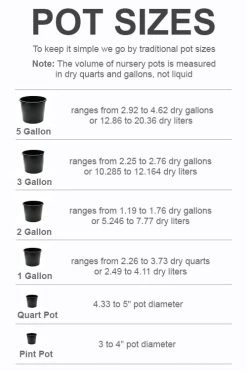

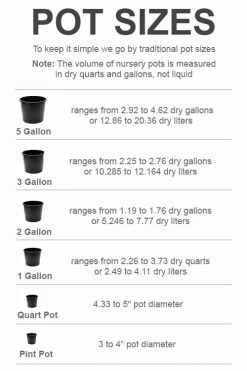
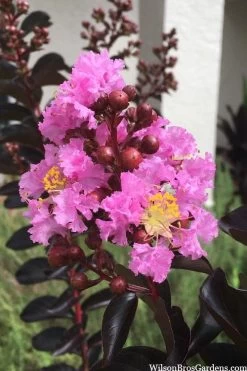

Reviews
There are no reviews yet.